Necessity of Effective Communication in the Fishing Industry
In the vast expanse of the open sea, communication is not just a convenience; it’s a lifeline. For those engaged in commercial fishing, where unpredictability and challenges are part of the daily routine, effective communication is paramount. In this blog post, we’ll explore the role of two-way radios in addressing safety concerns unique to the fishing industry. From the challenges faced to the features that make two-way radios indispensable, let’s delve into how these communication tools contribute to the safety of commercial fishermen.
Overview of Commercial Fishing Safety Challenges
Commercial fishing is a demanding and perilous occupation, with safety challenges ranging from adverse weather conditions and equipment malfunctions to emergencies like medical incidents or fires onboard. The isolation of the sea amplifies these challenges, emphasizing the need for reliable communication tools that can swiftly connect fishermen with assistance and fellow crew members.
Benefits of Two-Way Radios for Fishermen
Two-way radios have emerged as a cornerstone for enhancing safety in the commercial fishing sector. Their portability, instant communication capabilities, and durability make them well-suited for the dynamic and unpredictable marine environment. Here are some key benefits:
Real-time Communication:
Two-way radios provide instant communication between crew members on the same vessel, enabling swift response to emergencies and efficient coordination of tasks.
Portability:
Handheld marine VHF radios offer the flexibility needed in the fishing industry. Fishermen can move freely around the vessel while staying connected, ensuring communication continuity.
Reliability:
Two-way radios are designed to withstand the challenging conditions at sea. They are often waterproof, rugged, and built to endure exposure to saltwater, ensuring continuous functionality.
Safety Features:
Many modern marine VHF radios come equipped with safety features like Digital Selective Calling (DSC), allowing for automated distress calls with precise location information, improving response times during emergencies.
Features of Two-Way Radios for Marine Environments
Choosing the right two-way radios for commercial fishing involves considering features tailored to the marine environment:
Waterproof Design:
To withstand exposure to water and ensure functionality even in wet conditions.
Floatation:
In case the radio falls overboard, a floatation feature prevents it from sinking, making retrieval easier.
Long Battery Life:
Extended battery life is crucial for long fishing trips, ensuring that the radio remains operational throughout the journey.
Clear Audio Quality:
Crisp and clear audio is essential for effective communication, especially in noisy marine environments.
Man Overboard (MOB) Functionality:
Some radios have MOB features that automatically set off alarms if a crew member falls overboard, aiding in quick response and rescue efforts.
Regulations and Guidelines for Radio Usage
To ensure standardized communication practices and enhance safety, there are regulations and guidelines governing the usage of two-way radios in the maritime industry. These guidelines often include licensing requirements, frequency usage rules, and compliance with specific equipment standards. It is essential for commercial fishermen to be aware of and adhere to these regulations to maintain a secure and efficient communication network at sea.
Two-Way Radios Crucial for Fisherman Safety
In the unpredictable world of commercial fishing, where the sea presents both challenges and opportunities, two-way radios stand as indispensable tools for ensuring the safety of fishermen. To explore a variety of VHF marine radios for sale, visit www.tecomart.co. From real-time communication to safety features designed for maritime emergencies, these radios are more than devices; they are lifelines connecting fishermen in the pursuit of their livelihoods. As the fishing industry continues to navigate the waters, two-way radios will remain crucial in fostering communication, coordination, and safety at sea.
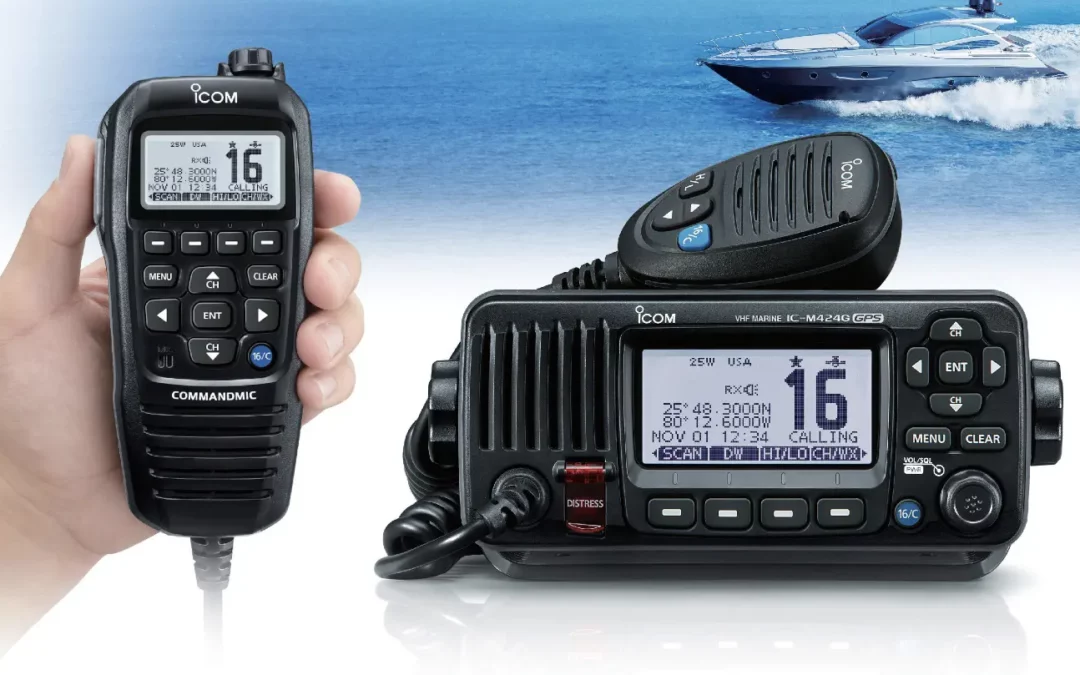

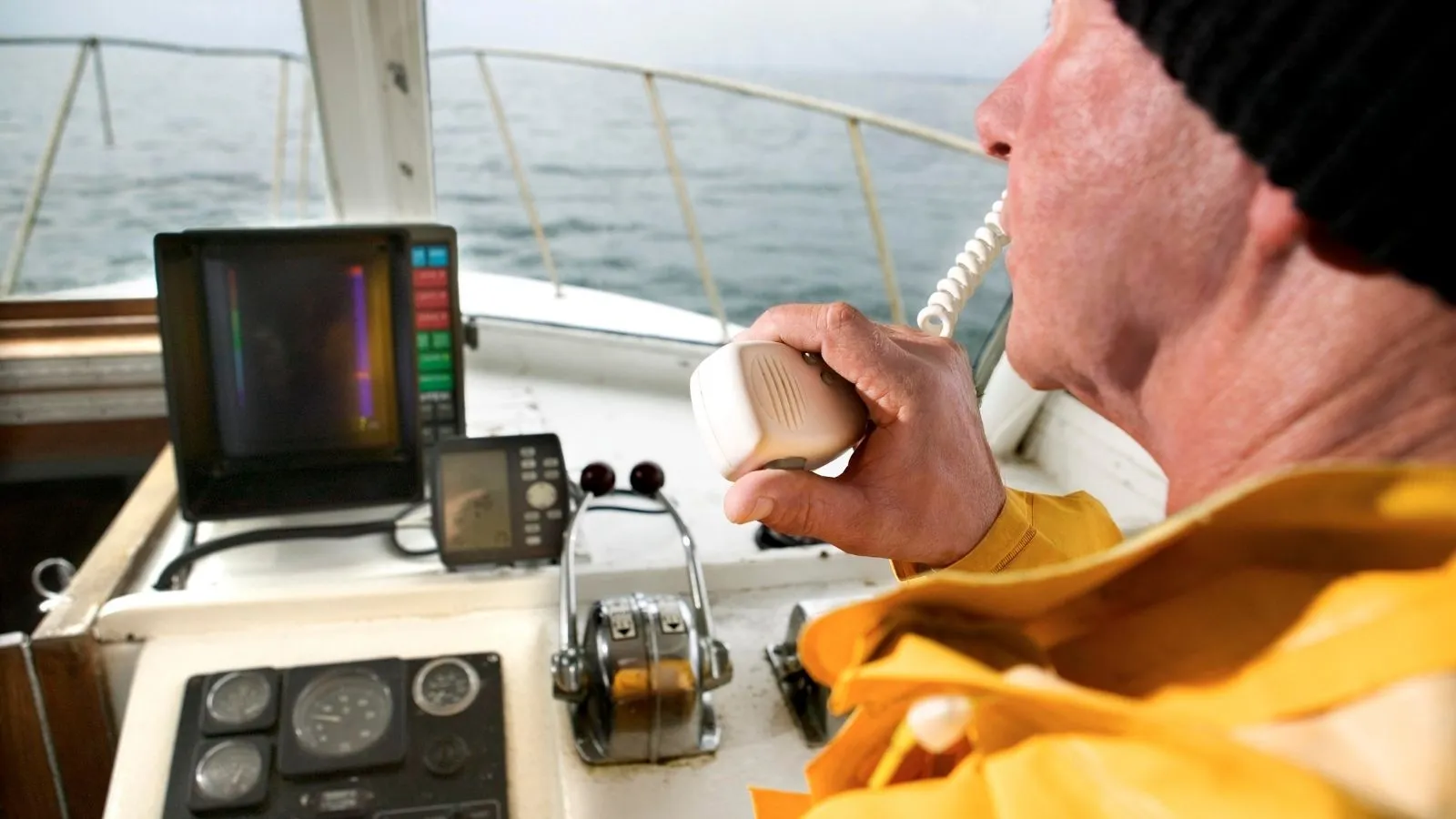
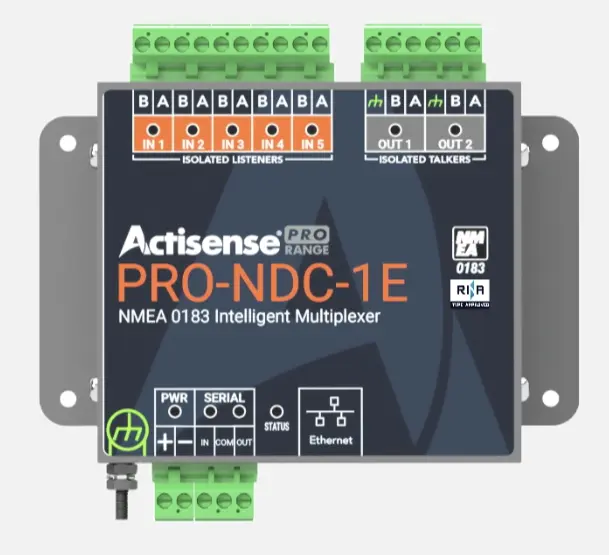
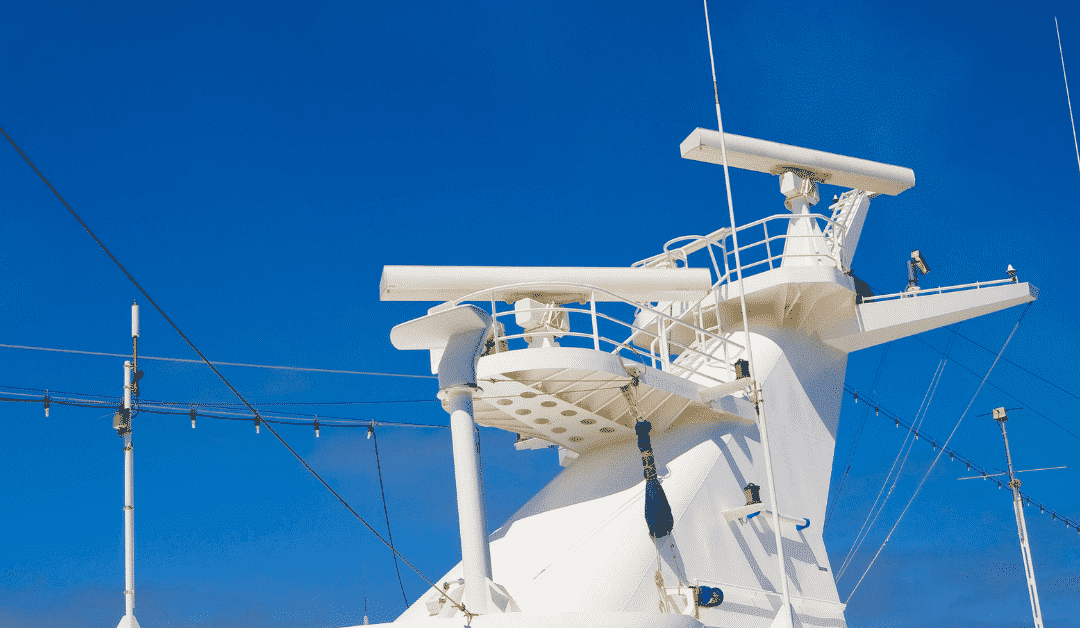
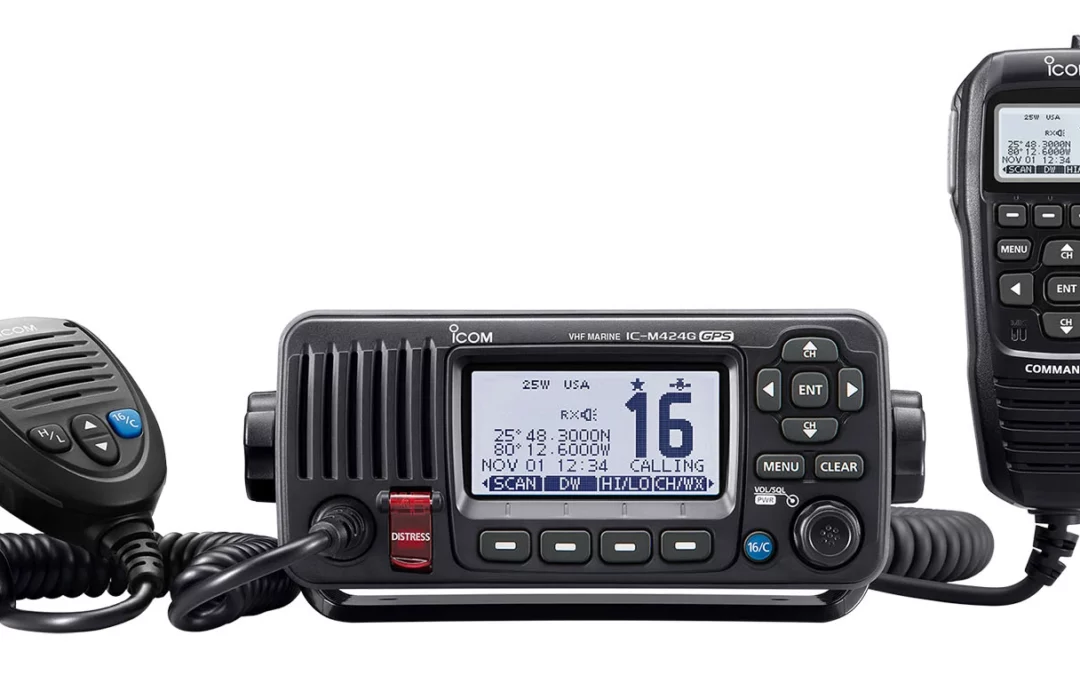
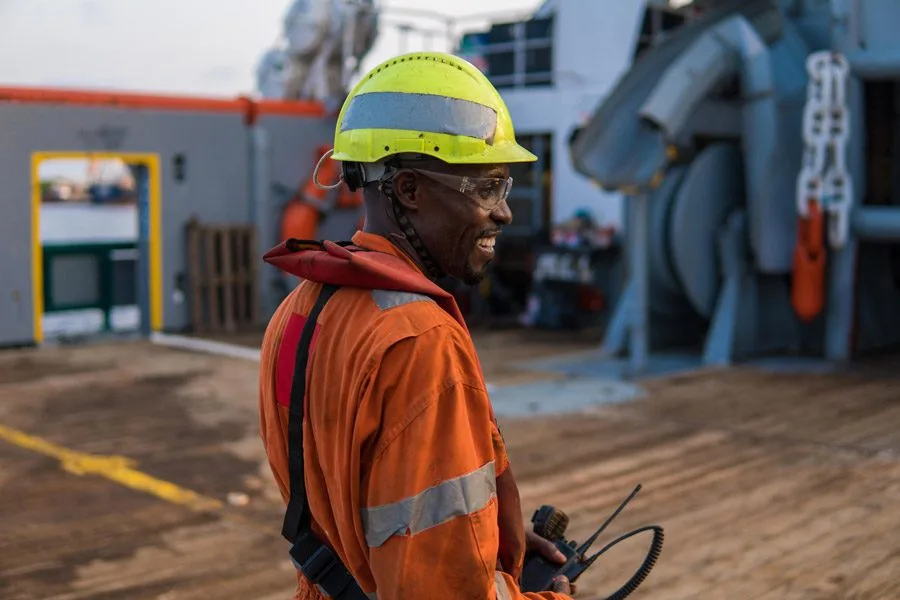
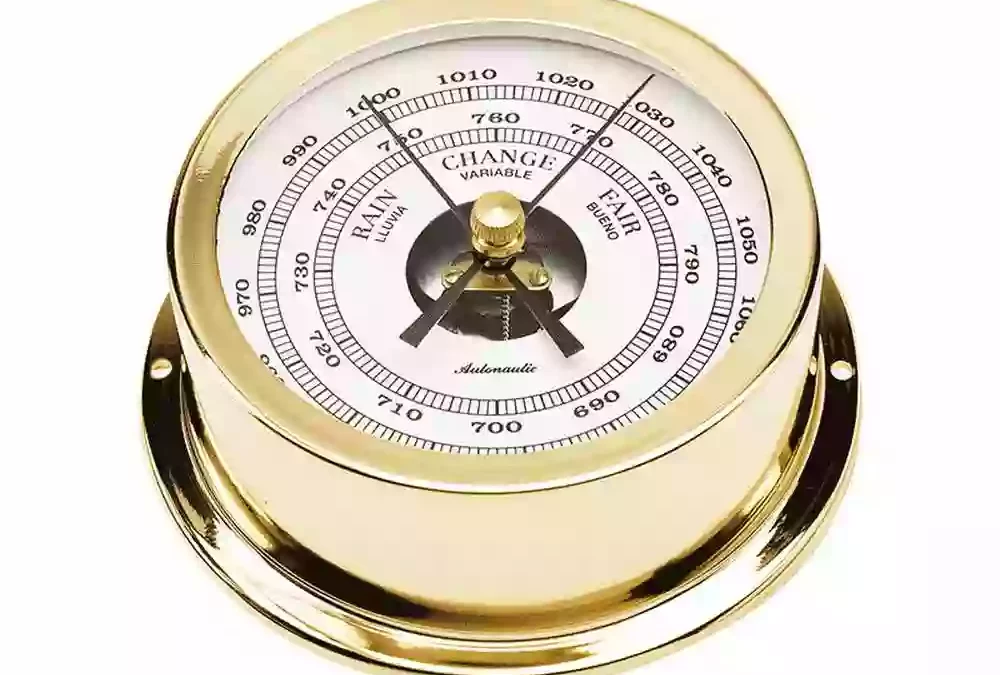
0 Comments